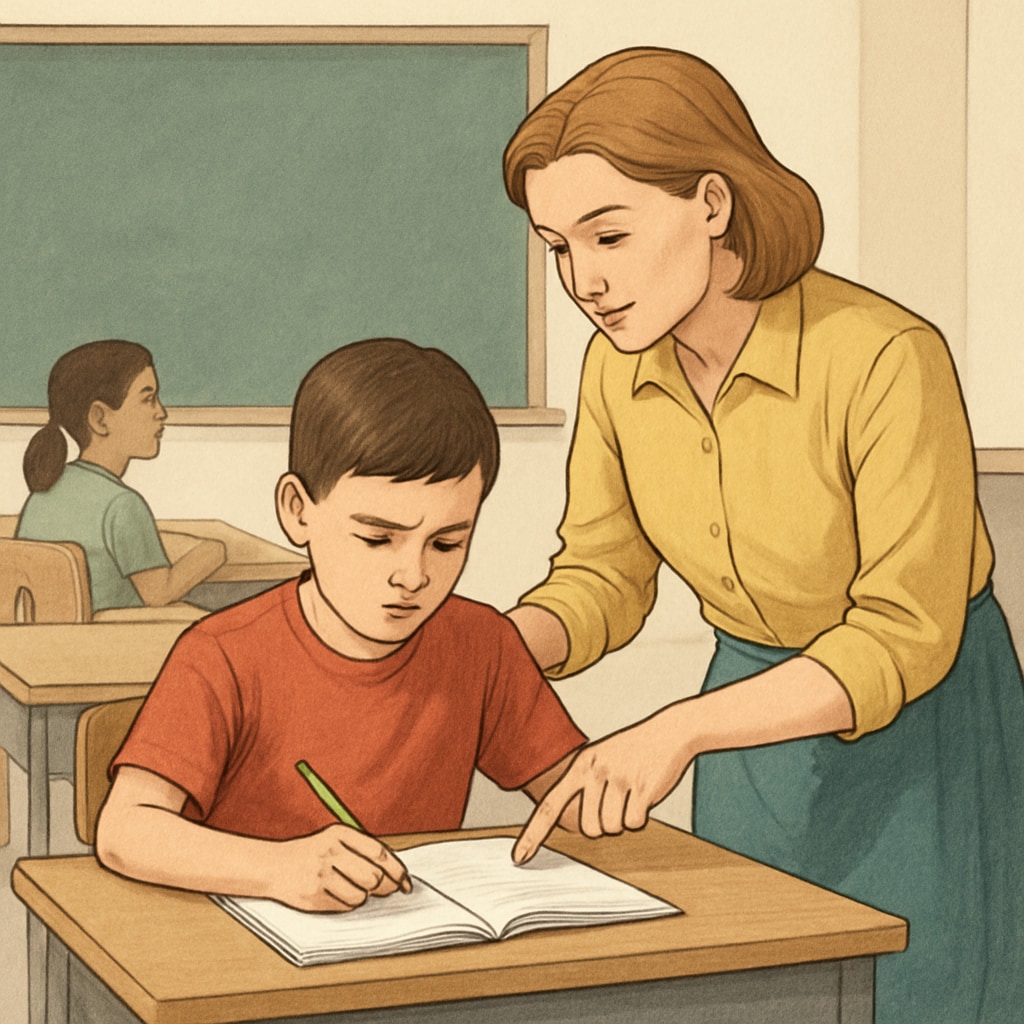Can educators achieve excellence without crossing the boundaries of strict methods and education extremes? The 2014 film “Whiplash,” directed by Damien Chazelle, raises this critical question. Through its portrayal of an intense relationship between a young jazz drummer and his demanding mentor, the movie challenges the ethics behind pushing students to their limits. In the realm of K12 education, the tension between pursuit of excellence and empathetic care is an ongoing ethical dilemma. How can educators inspire greatness without extinguishing the innate potential and emotional well-being of their students? This article delves into this complex issue, exploring the balance between strict methods and nurturing care.
The Pursuit of Excellence: A Double-Edged Sword
Excellence in education often demands rigorous effort, discipline, and sacrifice. In “Whiplash,” the mentor Fletcher embodies this approach, employing harsh criticism and extreme methods to push his students toward perfection. While this approach can produce outstanding results, it also risks alienating or psychologically damaging students who struggle to meet such high expectations. The central question remains: Is the pursuit of excellence worth the potential harm?
For example, research has shown that overly strict teaching methods can lead to burnout and anxiety among students. According to Britannica’s overview on education, balance is essential in fostering both academic success and emotional stability. As educators, finding this balance is crucial for healthy student development.

Education Extremes: Risks and Rewards
While strict methods may bring out the best in some students, they can also suppress creativity and individuality. In the film, Fletcher’s relentless pursuit of perfection leads to moments of brilliance but also to emotional breakdowns. Similarly, in real-world education, pushing students too hard can have long-term consequences, including reduced motivation and self-esteem.
On the other hand, some educators argue that challenges and discipline are necessary to prepare students for competitive environments. As highlighted by Wikipedia’s entry on education, resilience and perseverance often stem from overcoming hardships. However, achieving this requires careful attention to the emotional and psychological needs of students.

Striking the Balance: Empathy and Excellence
To achieve the delicate balance between strict methods and nurturing care, educators can adopt a more personalized approach to teaching. Understanding each student’s unique strengths and challenges allows teachers to set attainable yet ambitious goals. Additionally, fostering open communication and providing constructive feedback can help students feel supported while striving for excellence.
- Set realistic yet challenging goals for students to encourage growth without overwhelming them.
- Provide constructive criticism that focuses on improvement rather than fault-finding.
- Encourage resilience by teaching students how to learn from failures and setbacks.
- Maintain open communication and empathy to build trust and emotional stability.
- Balance discipline with creativity to foster individuality and innovation.
Ultimately, the key lies in understanding that education is not just about achieving results but also about nurturing the whole individual. By integrating strict methods with empathetic care, educators can create an environment where students thrive both academically and emotionally.
Conclusion: The Ethical Path Forward
The ethical dilemma posed by “Whiplash” resonates deeply within the education system, particularly in the K12 sector. Educators must continually reflect on their methods, asking themselves whether their approach prioritizes both excellence and empathy. Education extremes, pursuit of excellence, and strict methods should not exist in isolation. Rather, they must harmonize to inspire greatness without compromising emotional well-being. Achieving this balance is not easy, but it is essential for shaping the next generation of thoughtful, resilient, and accomplished individuals.
Readability guidance: Short paragraphs and lists enhance clarity. Transition words ensure smooth flow, while a balance of active and passive voice maintains engagement. Images complement the text, illustrating key points visually.


